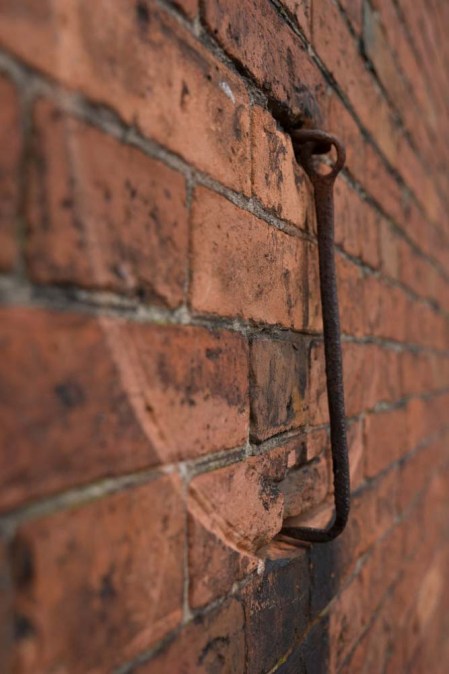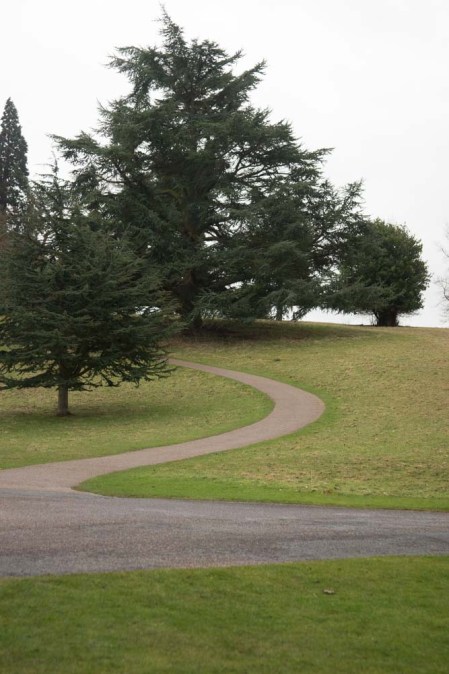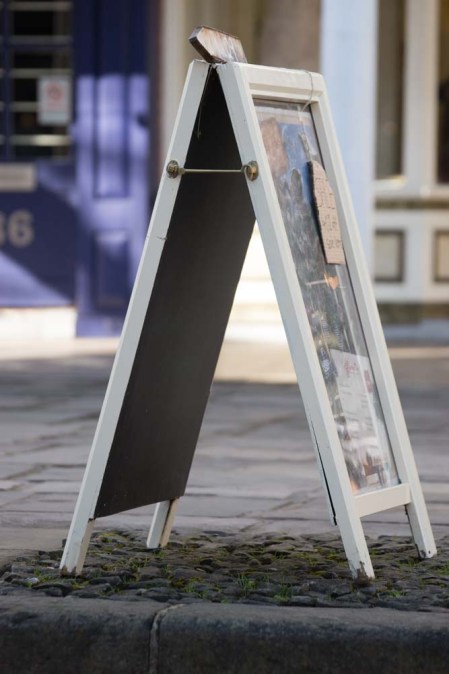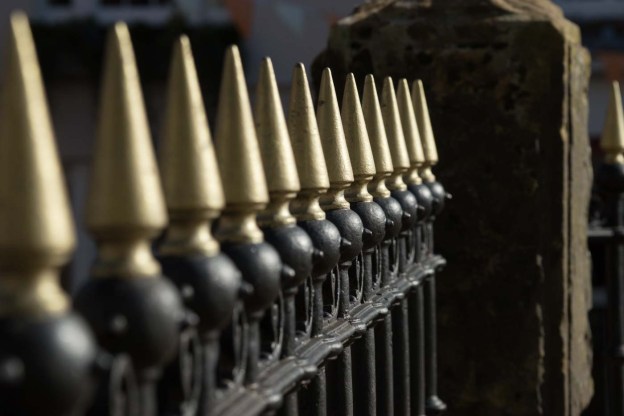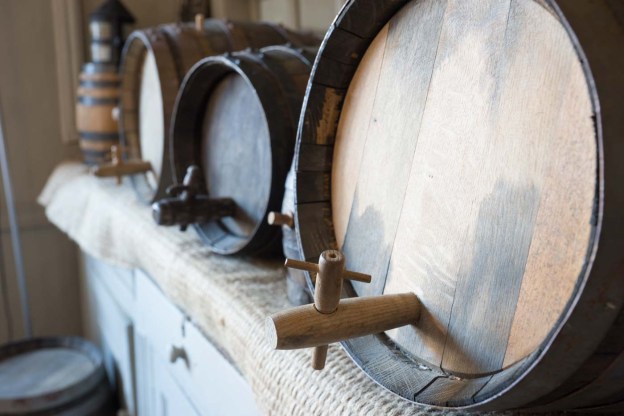For this exercise I returned to the Pantiles and Tunbridge Wells common.
I found verticals to be easier to spot than horizontals and took these:-

Iron Bollards I liked the regression here with the sequence curving away into the distance.

Window bars

Drainpipe Although there is also a horizontal line caused by the way the building is constructed I felt that the drainpipe was a much stronger line.

Trees at Tunbridge Wells Common The formal planting of these reinforces the vertical lines.

Park Bench the horizontal line is, for me, reinforced by the plaque.

Hymn Book shelf at King Charles the Martyr, Tunbridge Wells. While there are verticals in this shot the overriding element is the horizontal row of books and the shelf dividing the shot.

Steps Although not running right across the frame the step stones nevertheless, to my mind, dominate the picture.

Wheelie Bin enclosure. Although not perfectly horizontal (and I realise I could have straightened this up in Lightroom but wanted to leave it as shot) the horizontal element is still the strongest in the photo.

I liked this image because it has both vertical and horizontal lines and these compete with each other. On balance I think it is the darker horizontal lines (but is this because the frame is landscape orientated?) that the eye is drawn to but I do find the image vaguely unsettling because of the clash between them.
As to the choices I made for the shots there are some that are pretty obvious (the tree trunks spring to mind) but found that as mentioned identifying ideas for vertical shots was, it seemed to me, easier than doing so for horizontal. Is this a general thing or we designed to spot verticals easier? For both this exercise and the subsequent ones on diagonals and curves I kept an eye out for more examples particularly at new places I visited:-

An interesting one in the context of the exercise is this shots of the plant posts at Calke Abbey. Although the vertical post is front and centre to me it is the shelfs that are dominant probably by virtue of being a stronger colour and reinforced by the pots themselves.

This could also qualify the exercise on diagonals but I liked the verticals in this shot with the recession echoed in the shadows on the wall.

I think this shot of the old stables at Calke Abbey supports the idea of the horizontal line as being a natural base





